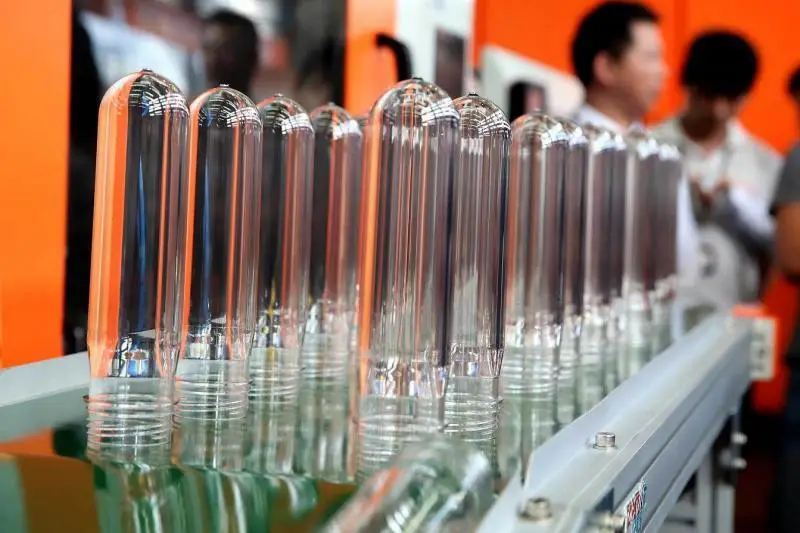Introduction
As a seasoned professional in the blow molding machine industry, I have garnered extensive experience and expertise in the intricacies of this manufacturing process. In this comprehensive article, I will delve into the innovative technology and precise processes that drive blow molding machines, highlighting their adaptability and efficiency across diverse applications.
Understanding Blow Molding
Blow molding is a sophisticated manufacturing process used to create hollow plastic parts by inflating a heated plastic tube, known as a parison, within a mold cavity. This versatile technique is utilized in various industries, including packaging, automotive, and consumer goods manufacturing. There are several variations of blow molding, each offering distinct advantages depending on the specific requirements of the desired end product.
Extrusion Blow Molding
Extrusion blow molding is a widely employed technique for producing plastic bottles, containers, and other hollow shapes. In this process, a molten plastic resin is extruded through a die to form a hollow tube (parison), which is then clamped into a mold cavity. Compressed air is then injected into the parison, causing it to expand and take on the shape of the mold. Extrusion blow molding is renowned for its high production efficiency and repeatability.
Injection Blow Molding
Injection blow molding combines elements of injection molding and blow molding to create intricate hollow parts with precise geometries. This process begins with the injection molding of a molten plastic preform, which is then transferred to a blow mold cavity. The preform is then inflated with compressed air, resulting in the final hollow part. Injection blow molding is commonly used for the production of small to medium-sized containers and medical devices.
Stretch Blow Molding
Stretch blow molding is predominantly employed in the production of PET (polyethylene terephthalate) bottles for beverages and personal care products. This process begins with the injection molding of a preform, which is then reheated and stretched longitudinally and radially before being blown into the final shape. Stretch blow molding offers excellent clarity, strength, and dimensional accuracy, making it ideal for packaging applications.
Key Components of Blow Molding Machines
Blow molding machines consist of several essential components that work in tandem to facilitate the manufacturing process:
Extruder
The extruder is responsible for melting and shaping the plastic resin into a parison of the desired size and thickness. It comprises a screw and barrel assembly, where the plastic resin is fed, melted, and extruded through a die to form the parison.
Mold Clamping System
The mold clamping system secures the mold halves together during the molding process, ensuring proper alignment and closure. Hydraulic or mechanical mechanisms exert pressure to firmly clamp the mold halves in place.
Blow Pin Assembly
The blow pin assembly delivers compressed air into the parison to inflate it and conform it to the shape of the mold cavity. It typically consists of a series of pins or nozzles strategically positioned within the mold.
Advancements in Blow Molding Technology
In recent years, significant advancements have been made in blow molding technology to enhance efficiency, precision, and sustainability:
Advanced Controls: Modern blow molding machines are equipped with sophisticated control systems that enable precise monitoring and adjustment of process parameters, resulting in improved product quality and reduced waste.
Energy Efficiency: Manufacturers are increasingly focused on reducing energy consumption and environmental impact. Newer blow molding machines incorporate energy-efficient components and advanced heating and cooling systems to minimize energy usage while maximizing productivity.
Material Innovation: The development of novel materials, including bio-based and recyclable plastics, has expanded the possibilities for blow molding applications while addressing sustainability concerns. These materials offer comparable performance to traditional plastics with reduced environmental impact.
Conclusion
In conclusion, blow molding technology continues to evolve and innovate, driving advancements in manufacturing across diverse industries. From plastic bottles to automotive components, blow molding machines play a pivotal role in shaping the future of production. As a seasoned professional in the industry, I am excited to witness the ongoing developments and contributions of blow molding technology.
Ready to explore the capabilities of blow molding for your next project? Get a free quote now to learn how our expertise can benefit your business. For any inquiries or further information, please don’t hesitate to contact us.

